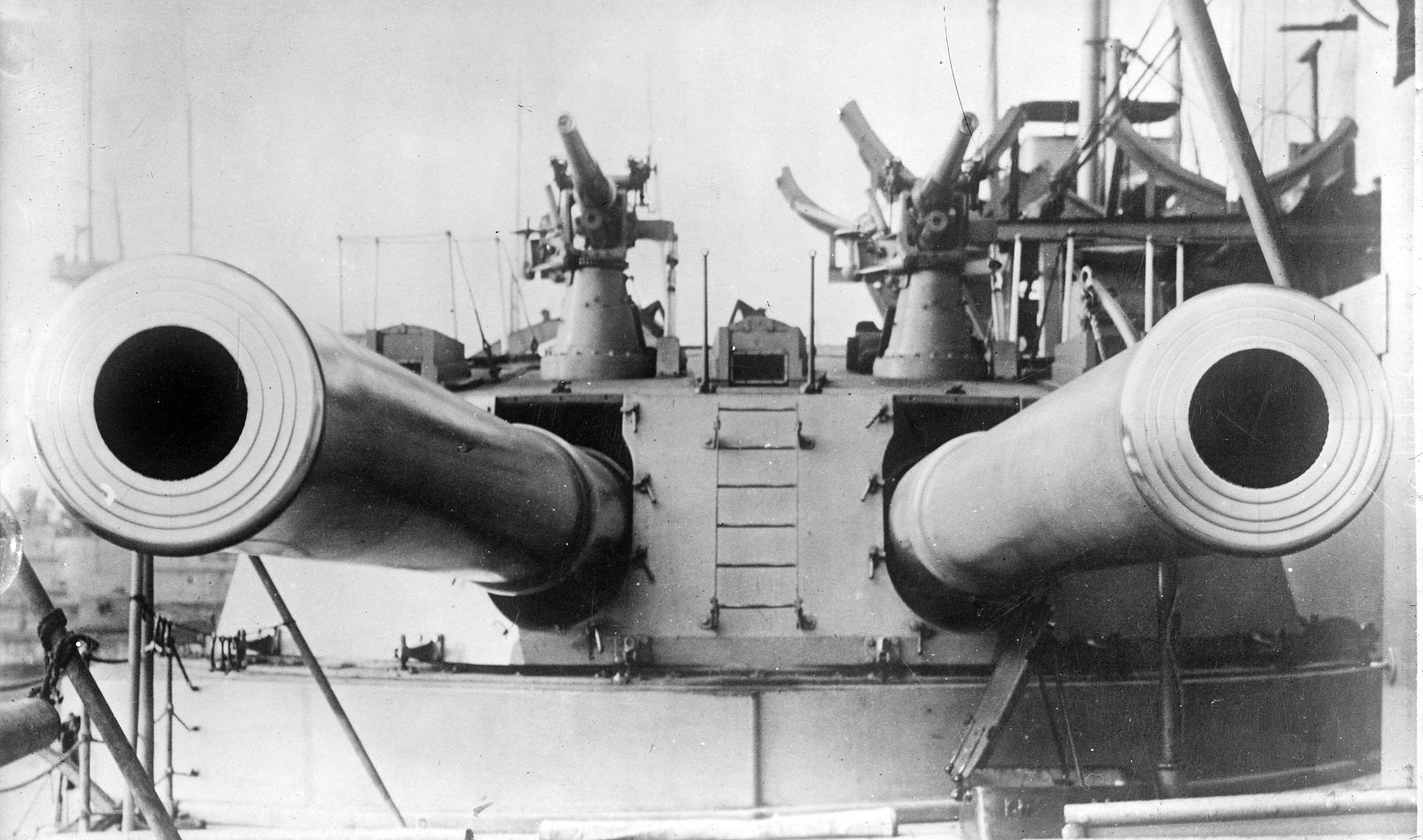
In mid-1913, she was serving as flagship of Fourth Battle Squadron. For two days Dreadnought, under the command of Captain Herbert Richmond in company with the Commander-in-Chief William May went to sea on exercises. On 27 July, 1910, soon after ascending to the throne, HM King George V visited Dreadnought at Torbay. Cole had picked Dreadnought because she was at that time the most prominent and visible symbol of Britain's naval might. In reality, the "Abyssinian royals" were some of Cole's friends in blackface and disguise, including a young Virginia Woolf and her Bloomsbury Group friends it became known as the Dreadnought hoax. On 10 February, 1910 she attracted the attention of notorious hoaxer Horace de Vere Cole, who persuaded the Royal Navy to arrange for a party of Abyssinian royals to be given a tour of a ship at Weymouth. Coppinger, 25 February, 1919 – 31 March, 1920 (and, from 16 December, in charge of ships for disposal in the Scottish Command) Bedwell, 7 February, 1918 – 20 April, 1918 (had been navigator since 8 December, 1916) D'Aeth, 1 December, 1916 – 7 February, 1918 ( Sidney Robert Drury-Lowe may have been loaned here on 1 December, as well) McClintock, 19 July, 1916 – 1 December, 1916 (and as Flag Captain from Vice-Admiral de Robeck hoisting his flag) Captain Charles Bartolomé, 1 December, 1908 – 24 February, 1909.Captainsĭates of appointment are provided when known. On 1 May, 1906, the Engineer-in-Chief of the Fleet noted that Armstrong and Vickers had "taken the 12-inch gun machinery started for the "Lord Nelson" class and appropriated it to the "Dreadnought," the date of the orders have therefore become interchanged." At the same time all orders were accelerated. Armstong, Whitworth & Co., and Vickers, Sons, and Maxim, were ordered to proceed with turntables for Dreadnought on 6 January, 1905. The order for the turntables of Lord Nelson and Agamemnon were placed on 8 December, 1904. Hitherto there has been some confusion as to whether 12-inch mountings ordered for Lord Nelson and Agamemnon were diverted to Dreadnought. By the time construction began, £12,217 had been spent on labour £29,078 had been spent on materiel and 1,100 men had been engaged. As much materiel as possible was ordered in quantity and stockpiled in advance. The variety of types of steel size was kept to a minimum and where possible the size of armour plating, in its various thicknesses, was standardised. The hull had been designed to be as simple as possible while being able to withstand the shock of firing a broadside of eight guns.

Extraordinary steps were taken to ensure a swift delivery time before construction even started.


 0 kommentar(er)
0 kommentar(er)
